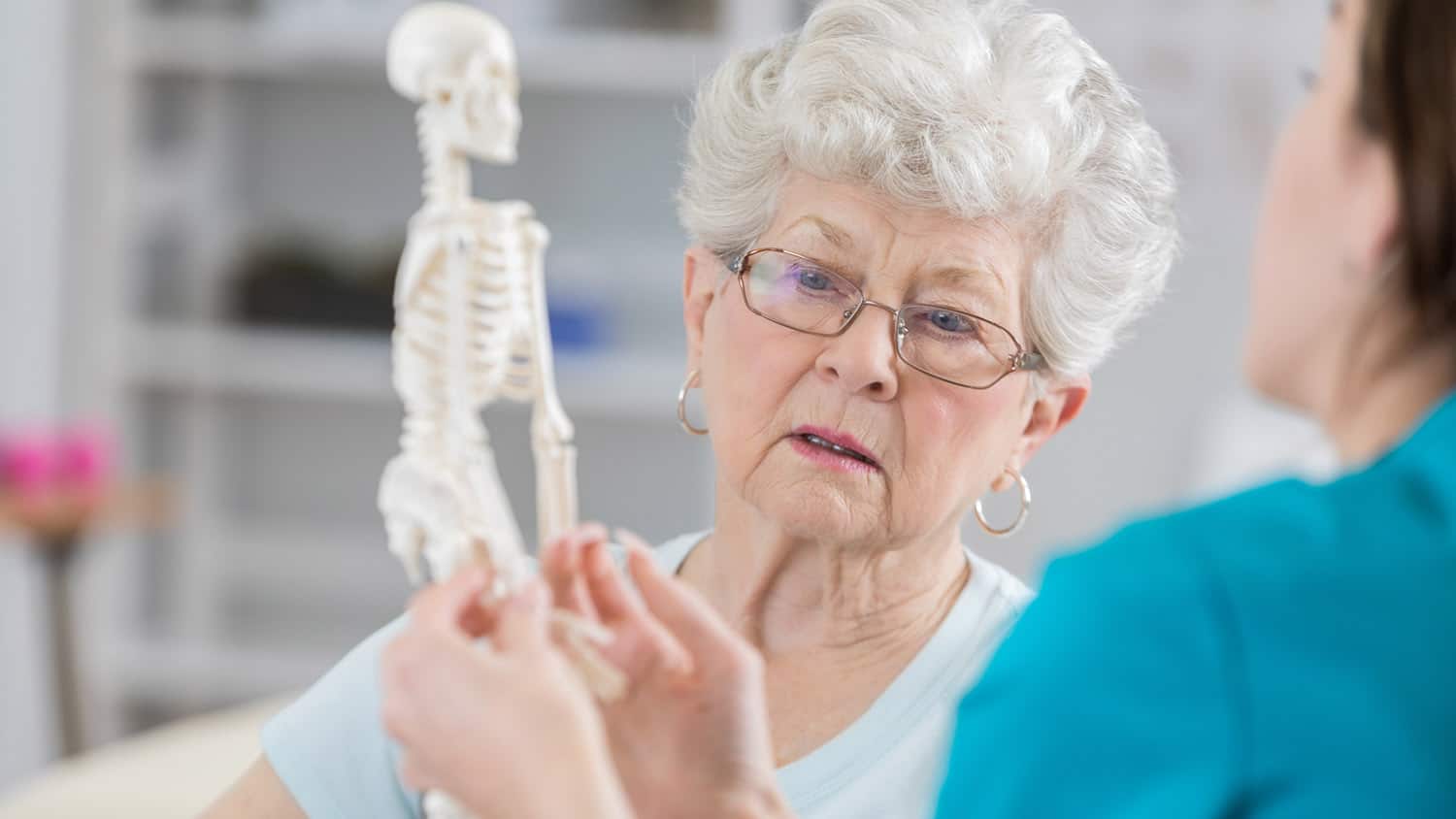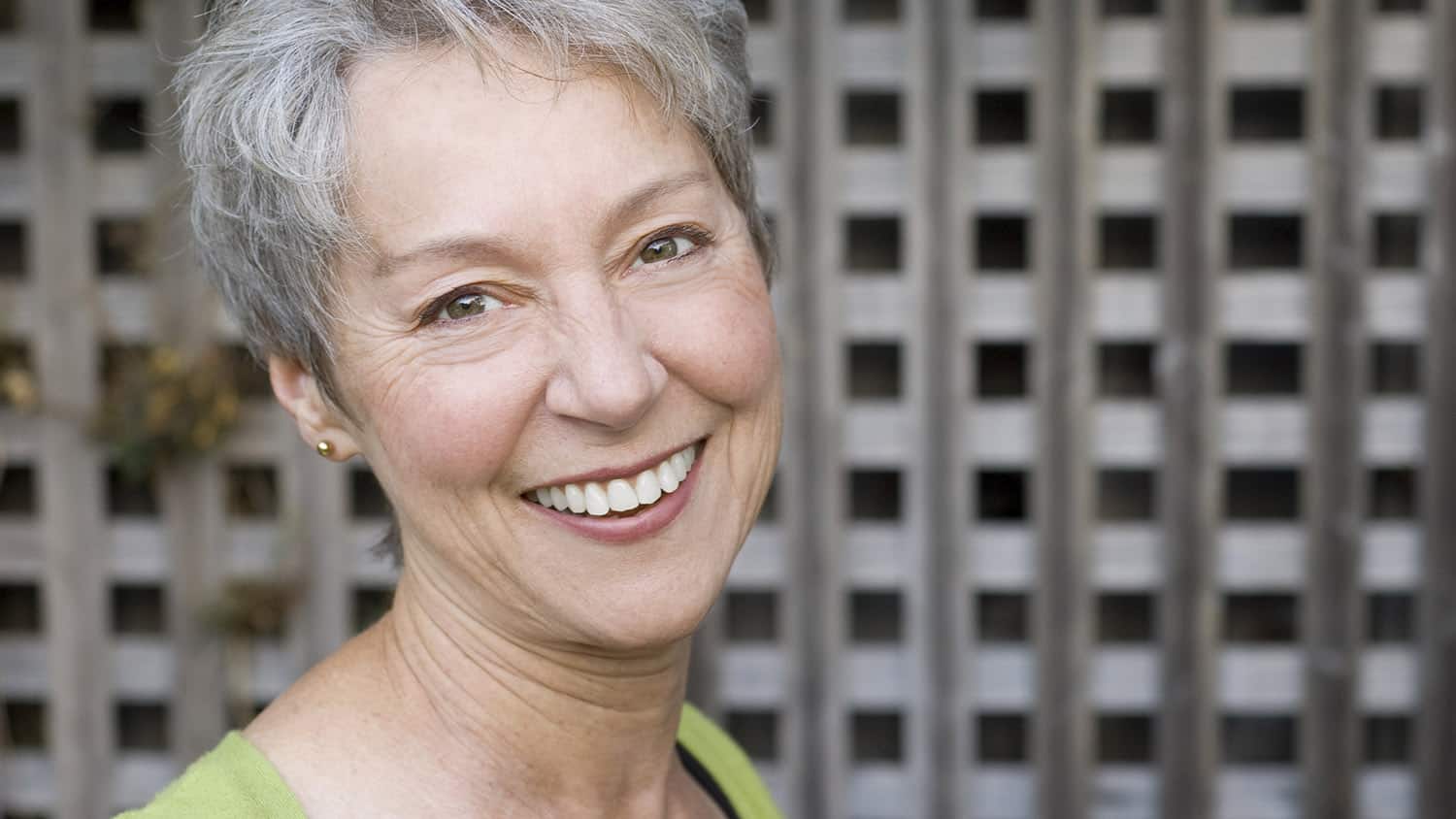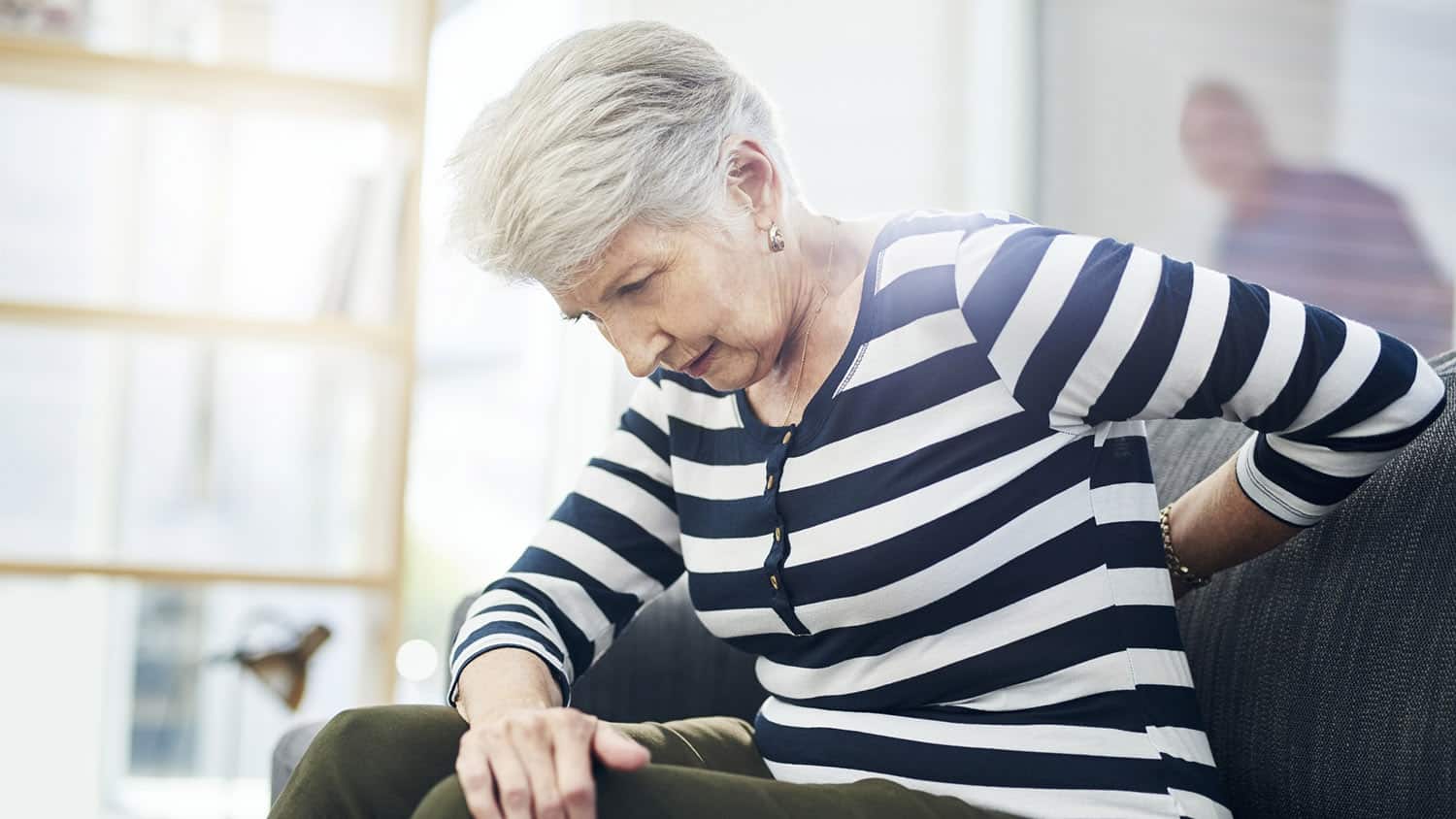
What Causes Osteoporosis and How to Increase Bone Strength As We Get Older
When we think of bones, we think of off-white, hard, stiff and unchanging objects. However, our bones are very much a living and dynamic tissue. They provide the structure of our bodies that enables us to move.
Our bones are attachment point for muscles, protect vital organs and provide a reservoir for calcium. Tightly regulated in our blood, calcium controls many of our cellular actions. This includes the contraction and relaxation of muscle cells.
Bones are constantly remodelling, in response to the stresses they experience, and the need for more or less calcium in the blood. Cells called osteoclasts activate to break down areas of bone in response to hormonal signals, and osteoblasts create more bone.
When there is more bone resorption than bone creation, osteoporosis occurs. Osteoporosis is a health disorder where bones become fragile, which is why people with osteoporosis are at increased risk for fractures.
Osteoporosis is a common condition that affects around 25% of women aged 50 and older. Luckily, there are steps you can take today to protect your bones as you age.
What Causes Osteoporosis?
Bone density peaks in around our late 20s or early 30s and starts to decline with age. It is affected by diet, activity levels, smoking and hormones, which is why women who have undergone early menopause are at increased risk for osteoporosis.
There are some other, rarer conditions that can also cause osteoporosis, such as certain medications or specific hormone conditions.
How Do We Diagnose It?
There are two ways to diagnose osteoporosis. The first involves a minimal trauma fracture. An example would be a fracture from a fall at standing height. The other way is through screening to measure bone density.
Why Is Osteoporosis Not Just About the Bones?
There has been a significant shift in the conceptualisation of osteoporosis in recent years to recognise that muscle and bone are an inter-dependent unit. We know osteoporosis is common, but around 30% of women over 60 have a related condition called sarcopenia.
Sarcopenia is a loss of muscle mass and function. In 2016, the WHO recognized it as a disease. Women with osteosarcopenia are at high risk for life-changing falls and fractures, which can be a trigger for a life-changing decline in independence.
Why Is Calcium Not Enough?
Studies of calcium supplementation for osteoporosis prevention have been disappointing. Even though bones derive a lot of their strength from calcium, multiple studies have shown that calcium intake is not sufficient for prevention of osteoporosis.
This is because bones are a dynamic tissue, acutely sensitive to stimuli from everyday life. Without stimuli to promote increased bone strength, a high calcium intake is not likely to promote formation of stronger bone.
What Can You Do to Increase Bone Strength?
A study conducted in 2017 has shown that strength training with weights can improve bone density in older women with low bone mass.
In this study, a group of postmenopausal women was recruited, and half were assigned to low intensity exercise, while the other half were assigned to supervised weight training.
The group assigned to weight training had an increase in bone density, while the low intensity group actually declined over the eight months of the study.
Walking Is Not Enough
Unfortunately, walking alone is unlikely to increase bone strength because it doesn’t provide sufficient stimulus to cause more bone formation.
Better alternatives are jumping, or even marching on the spot. It only takes 50 loads per session at a minimum of three times per week to see this benefit.
These exercises will also benefit muscle strength and reduce the risks of sarcopenia and falls. And if you don’t fall, it is much harder to get a fracture!
As always, exercise should be safe and enjoyable, so if you are not used to doing these types of exercises, it is always good to check in with your doctor. There are so many vibrant and active women who are enjoying energetic lives, even with osteoporosis.
Whether you have the condition or not, including regular aerobic exercise and strength training are integral to maintaining vitality for as long as possible, with the bonus of improving wellbeing today.
Have you been diagnosed with osteoporosis? What exercise do you do to maintain vitality in your life and ensure wellbeing in your 60s? Please share your favourites in the comments below.
Tags Medical Conditions






